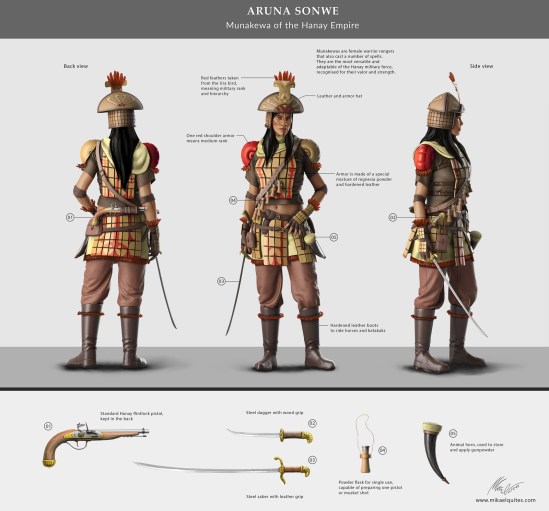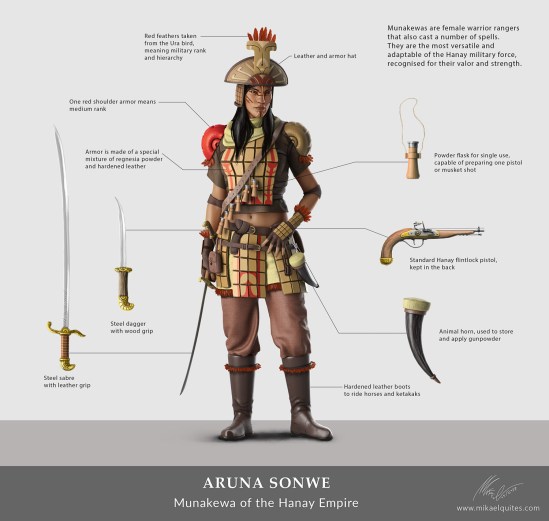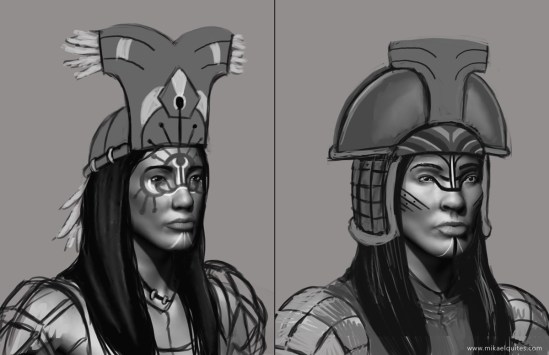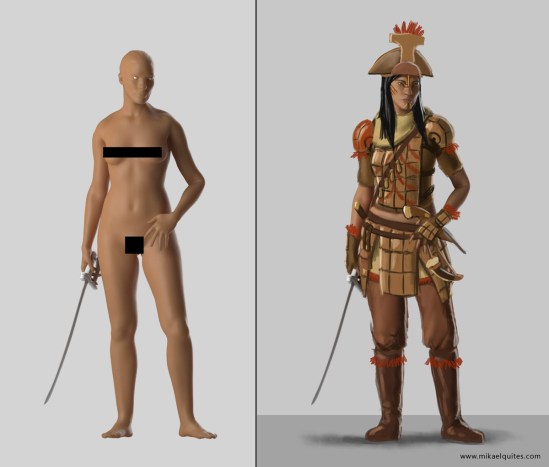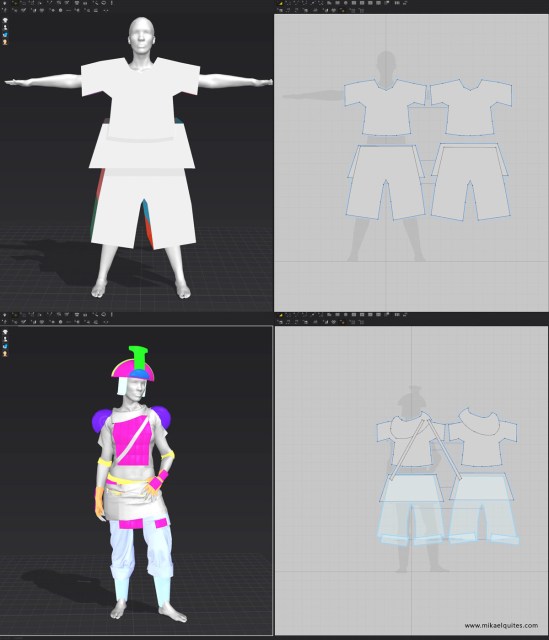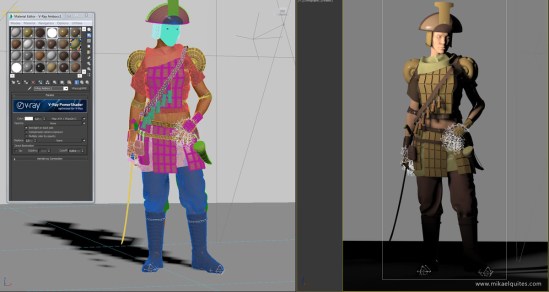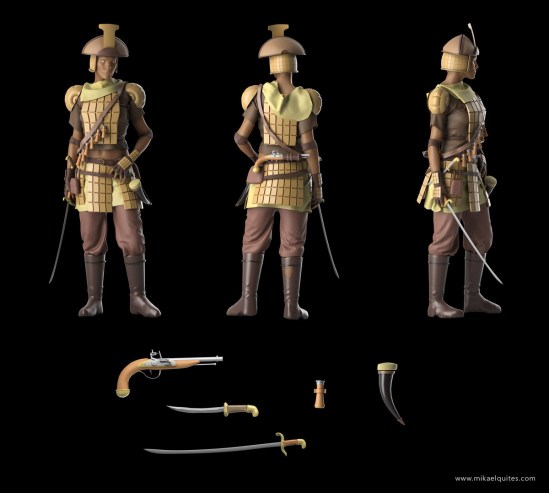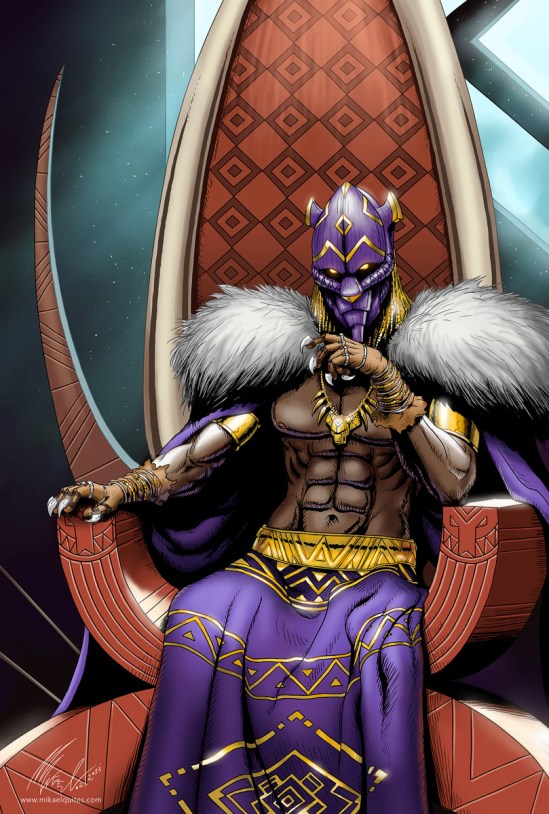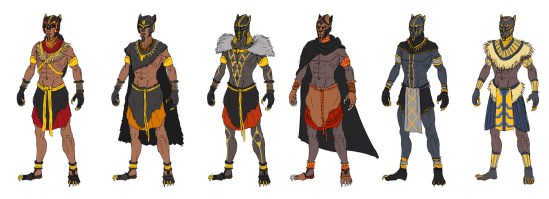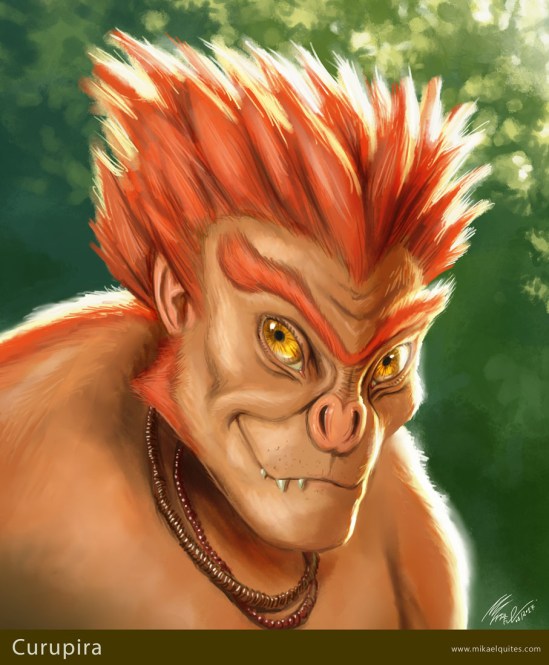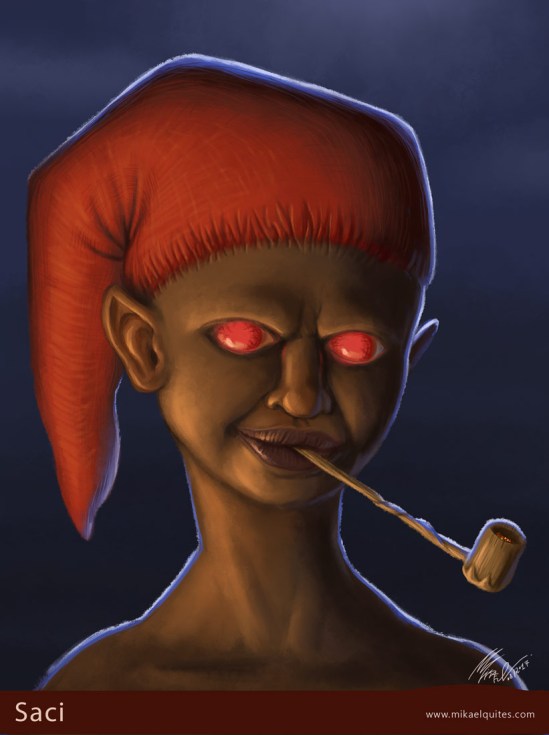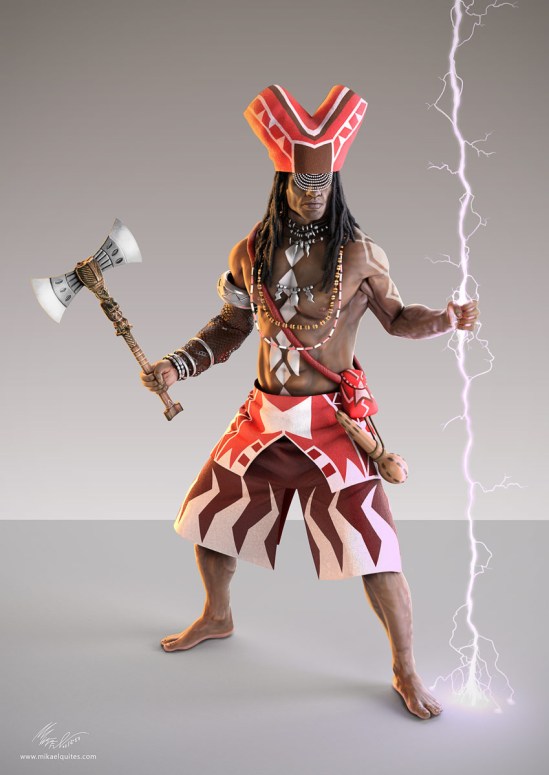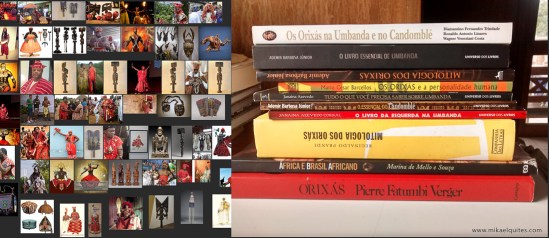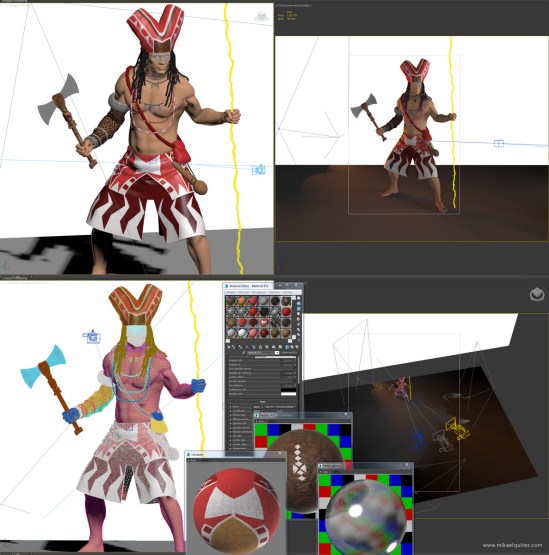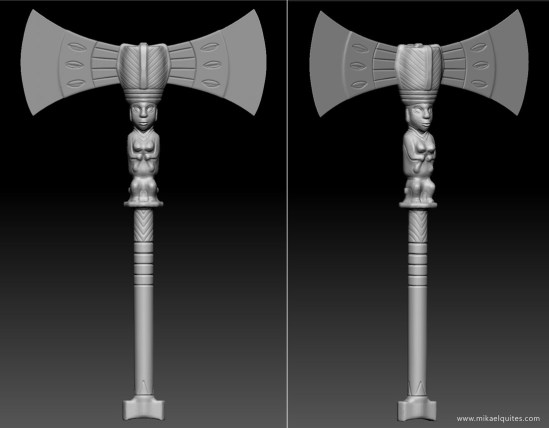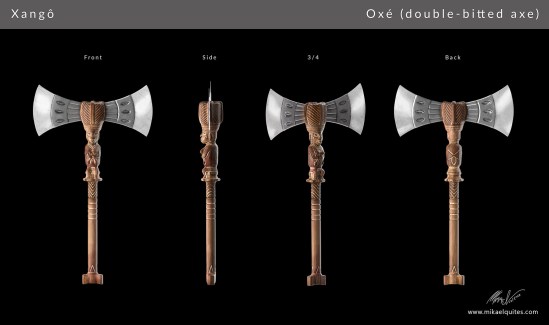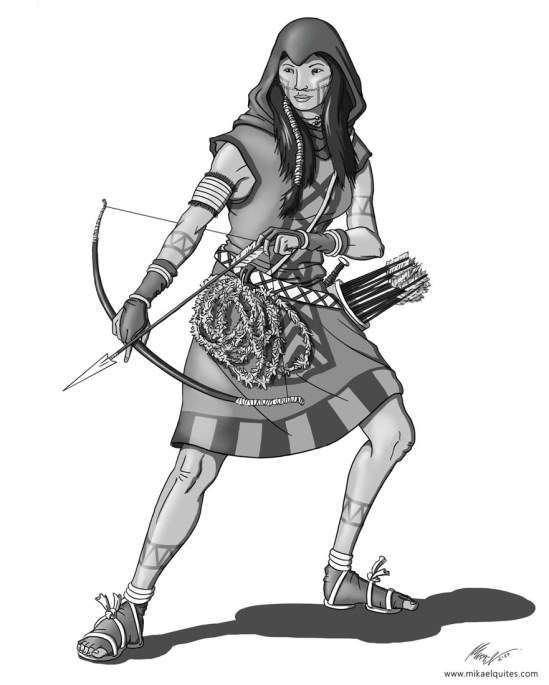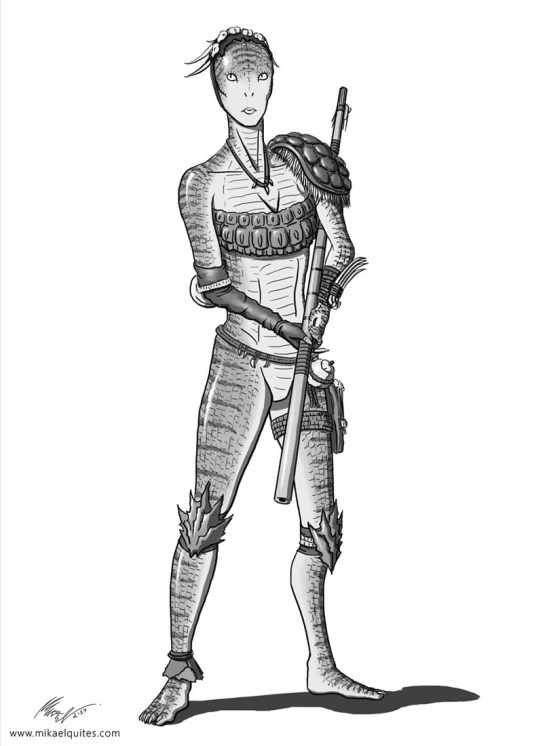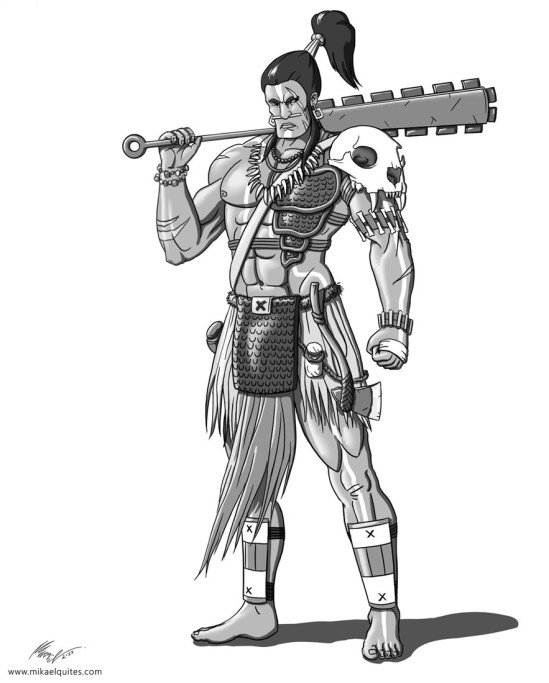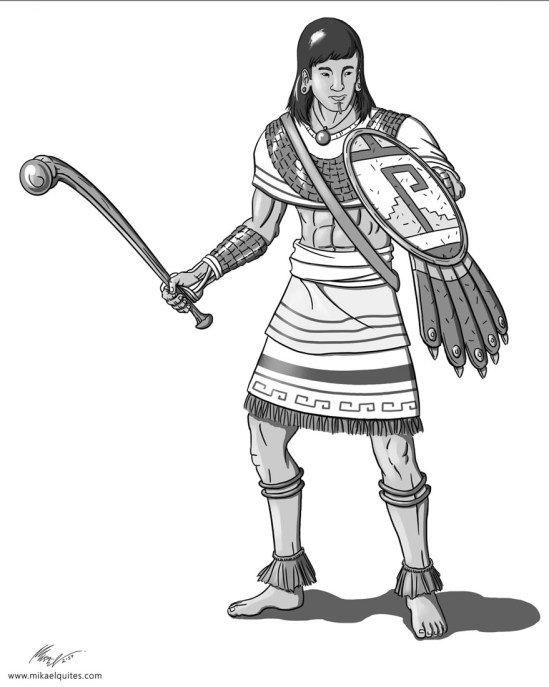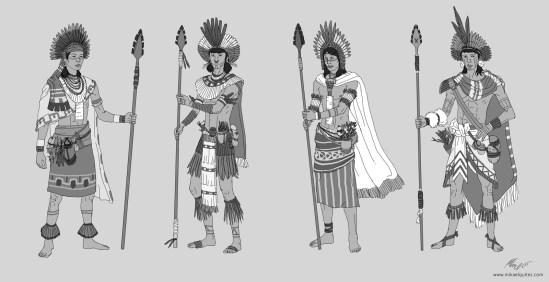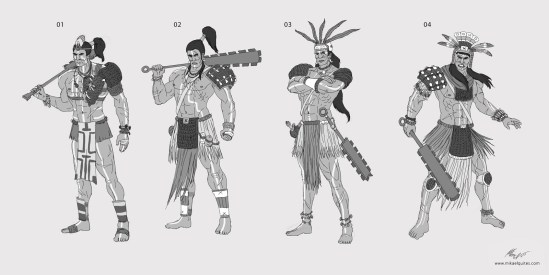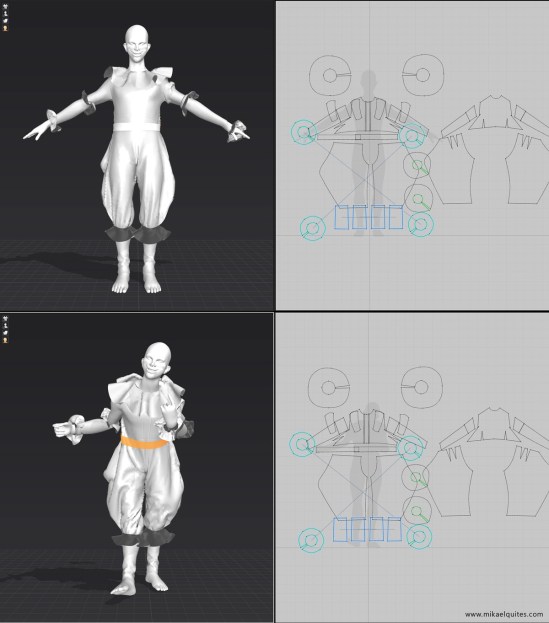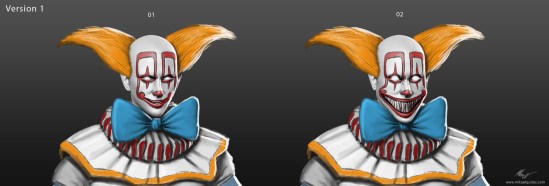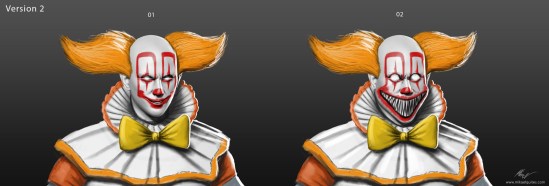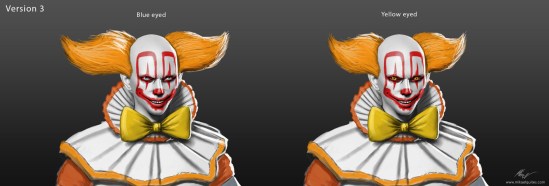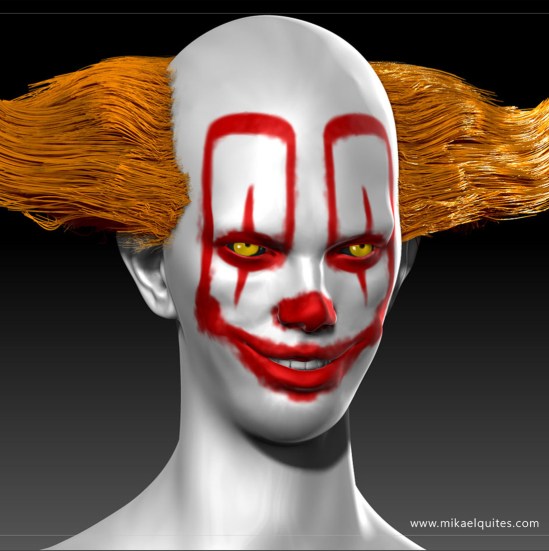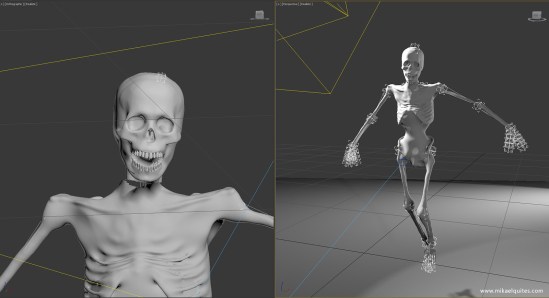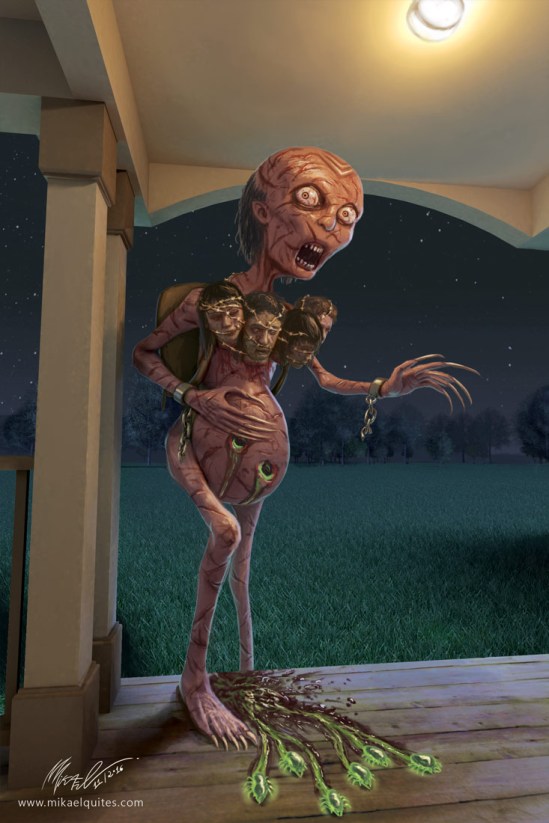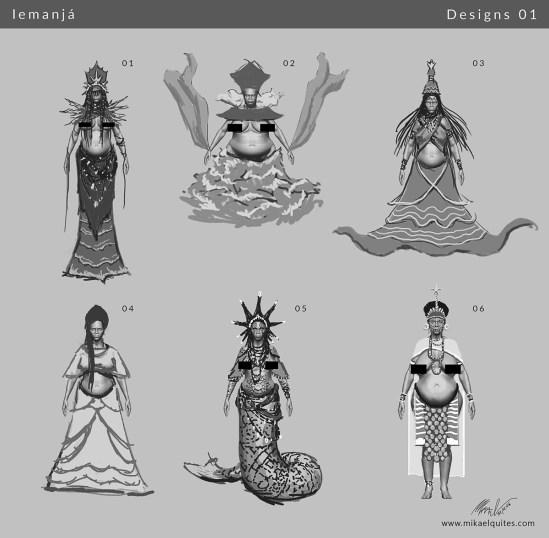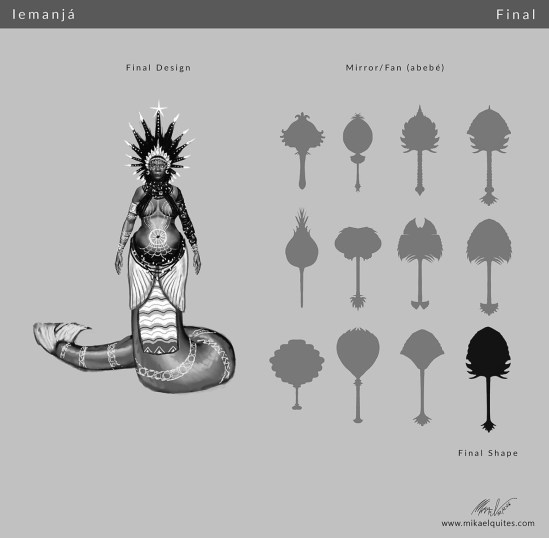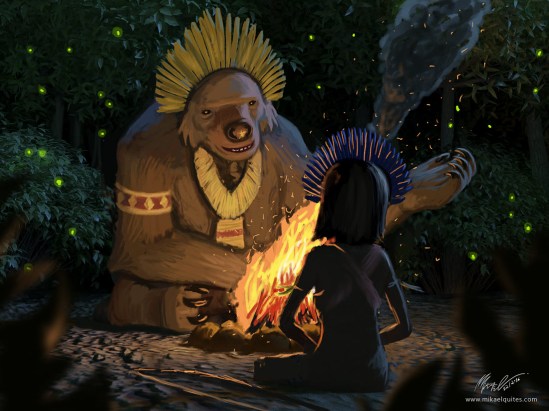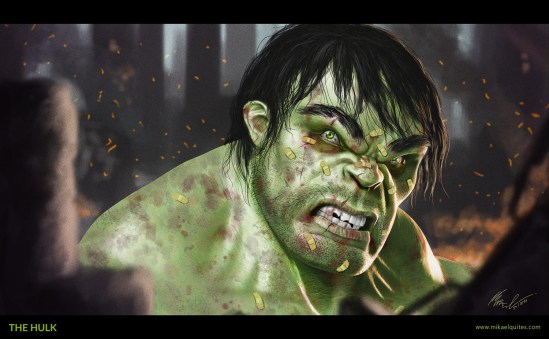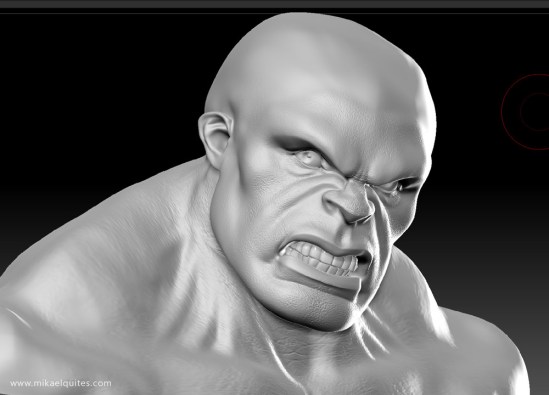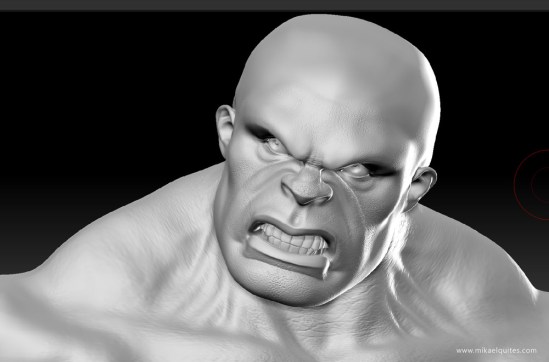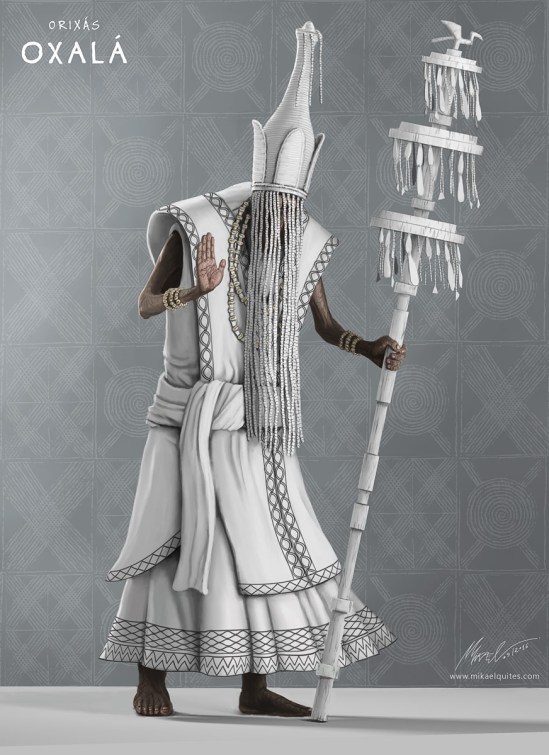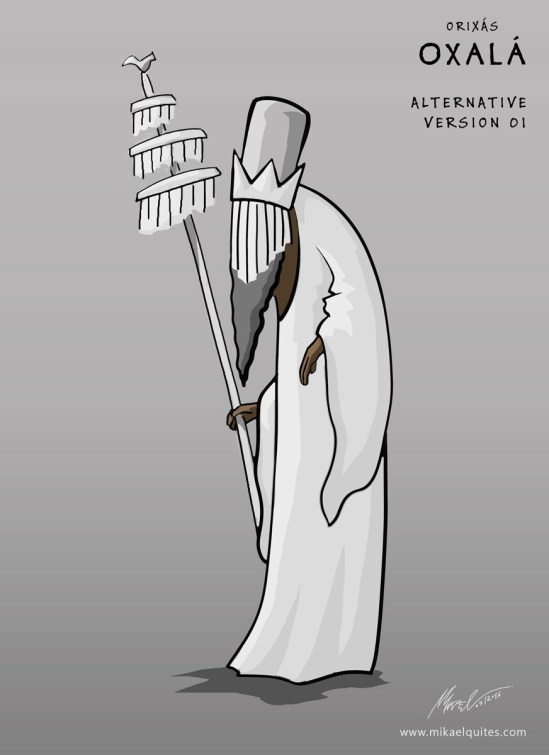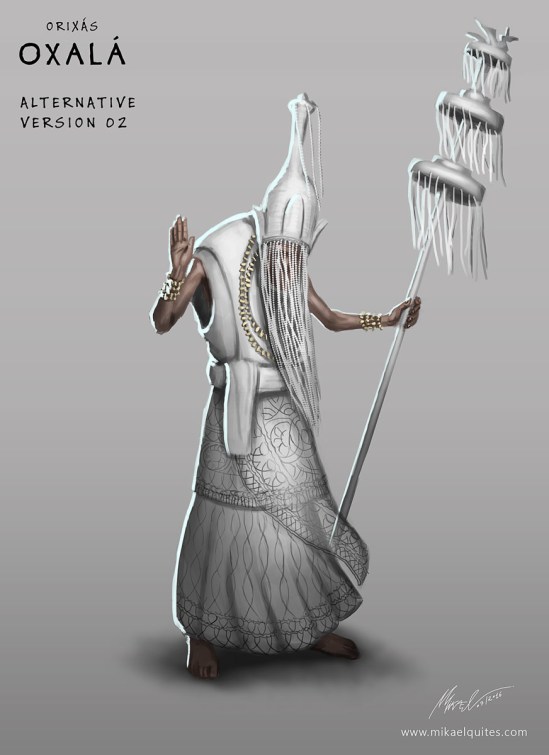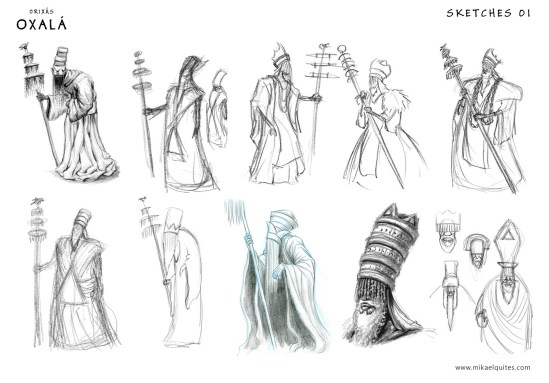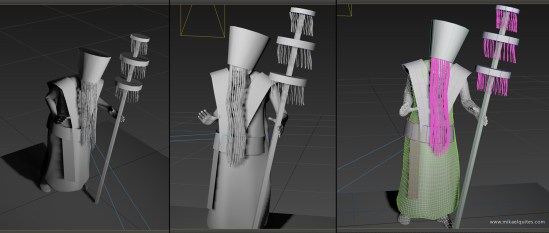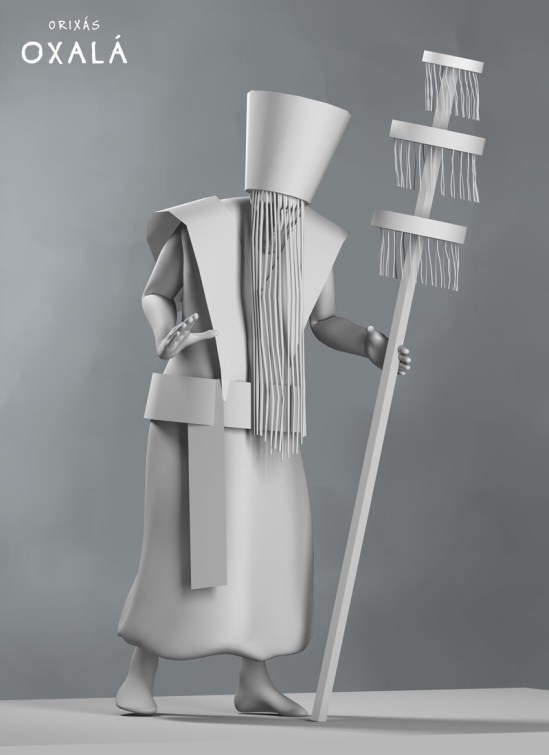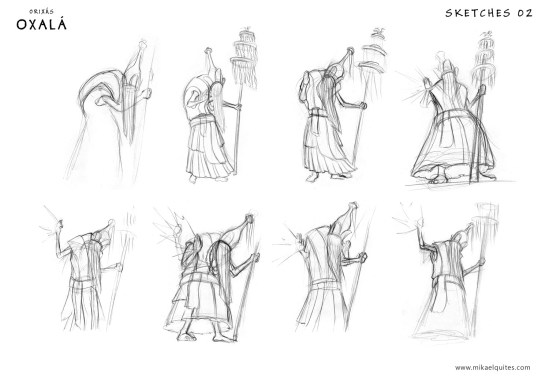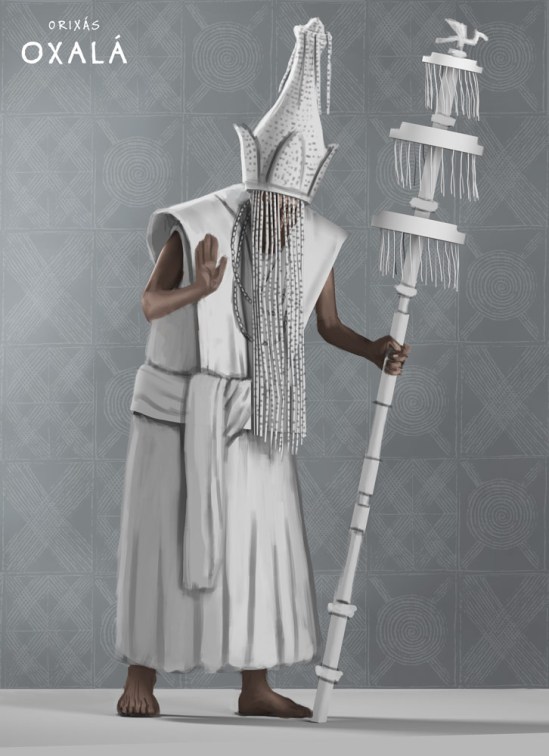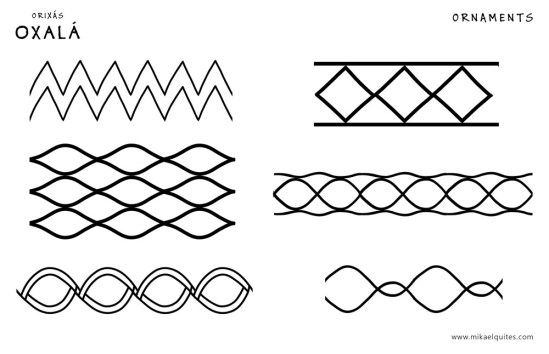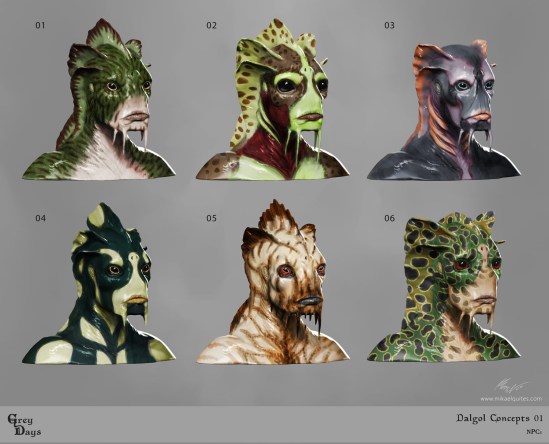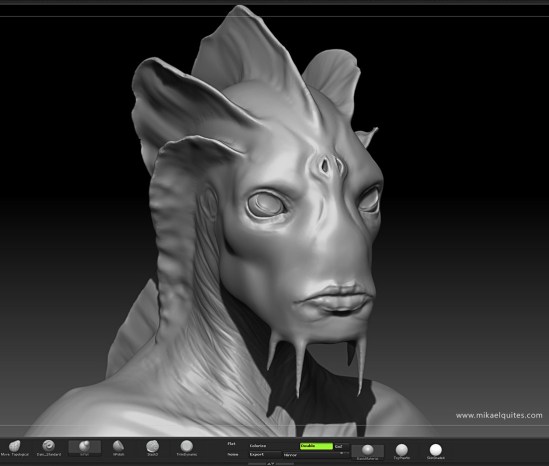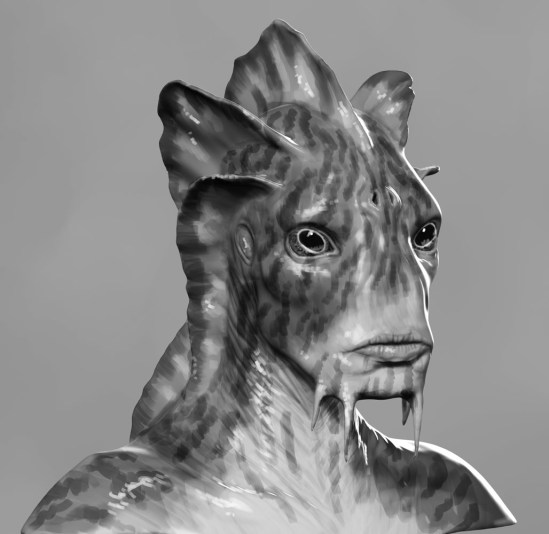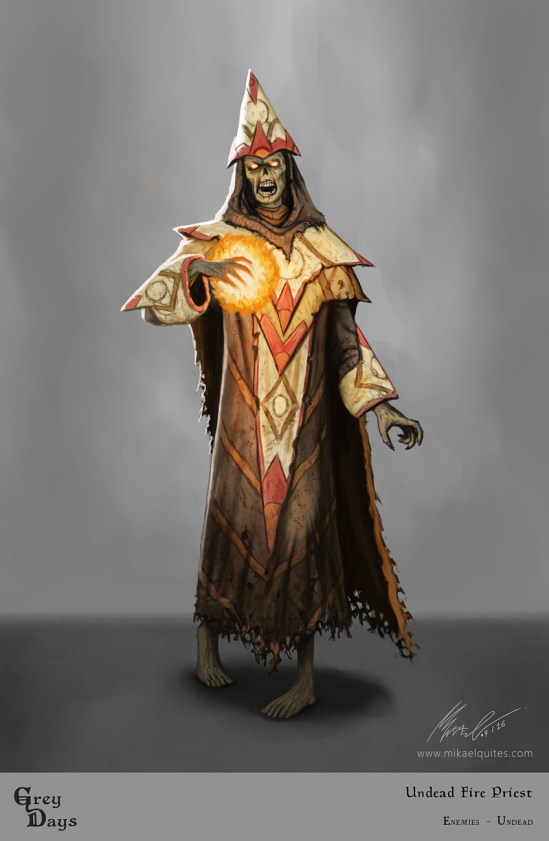-THIS POST MAY CONTAIN SOME SPOILERS FROM THE BOOK-
“A figure was standing in those tangled weeds and low bushes, almost out of sight. It held a clutch of balloons – red, yellow, blue, green – in one white-gloved hand. It beckoned with the other. He couldn’t see the figure’s face, but he could see the baggy suit with the big orange pompom-buttons down the front and the floppy yellow bow-tie. It was a clown.”
King, Stephen. IT (pp. 223-224)
Hi everyone,
Inspired by the new film “IT” and the book, I decide to make my own version of Pennywise, using the original material as a guiding point.
The new Pennywise is a master piece. They got so many things right. So, with a little bit of the new version as an inspiration too, I started my other version, many years after my first one.
I acquired the book in Brazil back in 2000-2002. I used to make many drawings with colored pencils and my trusty Pentel mechanical pencil.

The 2000s edition I have, the one I read, showing its age. I love this cover
I did read the book at the time, but only a quarter of it. It was too big, and too scary. But Pennywise stuck with me, and I did some images of it at the time, one of which is below.
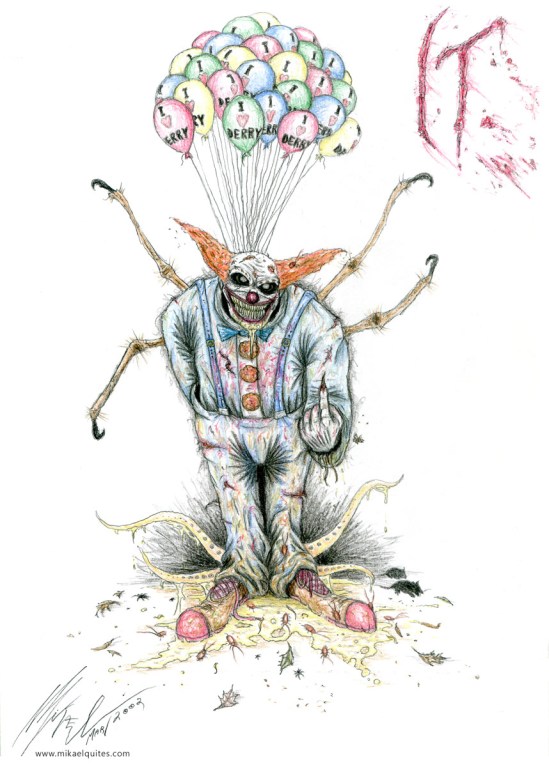
His blue bow tie is taken from his first description in the book
Now, 15 years later, I wanted to make a new interpretation of him, this time using 3D and new tools I’ve learned.
I then started rereading the book, making my reinterpretation as I went along.
Based on the book I got the following guidelines:
-Looks like a cross between Ronald McDonald, Bozo and Clarabell;
-He wears a baggy, white-silver suit;
-He has two tufts of hair on each side of its bald head;
-Wears white makeup on the face;
-White gloves in the hands;
-Has large orange pompom-buttons in the front of the suit;
-Has blood red makeup on its face, making a clown smile;
-Wears funny, oversized shoes;
-Has sometimes yellow, predatory eyes, sometimes sliver shiny, like a coin, sometimes blue, inviting;
-Had to be a mix between a predator and a funny clown;
Before I started with the design, I gathered as much references as I could.
As the story takes place in the USA, I studied a bit of clown history in that country as well as England’s. The entity is very old, so many of my refs are from vintage, early 1900s clowns. Some references are also from the time the story first takes place, the 1950s and 1960s. I also searched for old toys and furniture.
Here is an image of most of my references packed together:
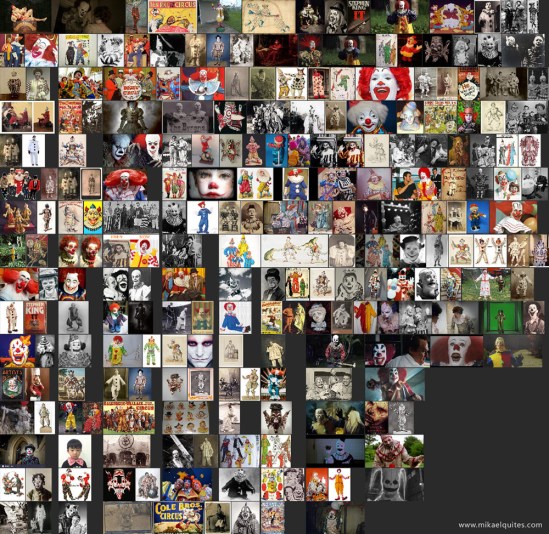
So I started with the basic, lines and base colors, as I went reading.
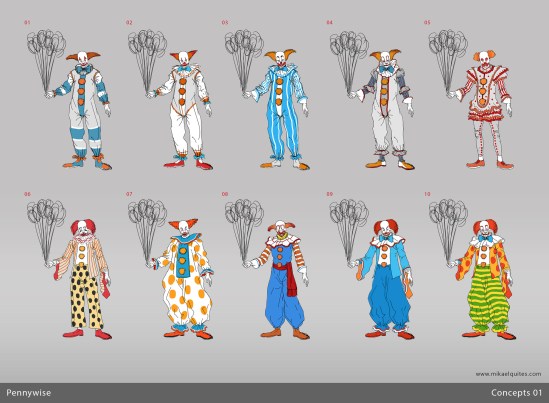
The first concepts, trying to give it some variation
When he first shows up, here is its first description (all quotes in this post are from the Kindle version):
“It was a clown, like in the circus or on TV. In fact he looked like a cross between Bozo and Clarabell, who talked by honking his (or was it her? – George was never really sure of the gender) horn on Howdy Doody Saturday mornings – Buffalo Bob was just about the only one who could understand Clarabell, and that always cracked George up. The face of the clown in the stormdrain was white, there were funny tufts of red hair on either side of his bald head, and there was a big clown-smile painted over his mouth. If George had been inhabiting a later year, he would have surely thought of Ronald McDonald before Bozo or Clarabell. The clown held a bunch of balloons, all colors, like gorgeous ripe fruit in one hand.”
(p. 15)
“How, George wondered, could I have thought his eyes were yellow? They were a bright, dancing blue, the color of his mom’s eyes, and Bill’s.”
(p. 16)
“He was wearing a baggy silk suit with great big orange buttons. A bright tie, electric-blue, flopped down his front, and on his hands were big white gloves, like the kind Mickey Mouse and Donald Duck always wore.”
(p. 16)
So I went using blue along the designs, both as a nod to the blue tie and eyes. Later it became clear to me that blue was not right, because his suit was actually silver and white:
“The figure was dressed in what appeared to be a white-silver clown suit.”
(p. 254)
“And there was the clown in the background, wearing his silver suit with the orange buttons(…)”
(pp. 878-879)
The real clown references were a big concern of mine.
Bozo, Clarabell and Ronald McDonald.
“(…)a clown which had looked like a cross between Ronald McDonald and Bozo, according to Hagarty.”
(p. 602)
Bozo had his big, curved hair, interesting gloves and white shape on its neck. Clarabell had its weird makeup and nice, vintage folds in its neck too. Ronald had its baggy suit and stripes.
As for the makeup, some guides:
“He was just like Ben and Bill said. Silver suit, orange buttons, white make-up on his face, big red smile. I don’t know if it was lipstick or make-up, but it looked like blood.”
(p. 858)
“The funny fellow had a huge grin on his face. He wore no make-up (except to Bill his whole face looked like make-up), but he was bald except for two tufts of hair that stuck up like horns over his ears, and Bill had no trouble recognizing their clown.”
(p. 876)
The second group of concepts explores these new points:
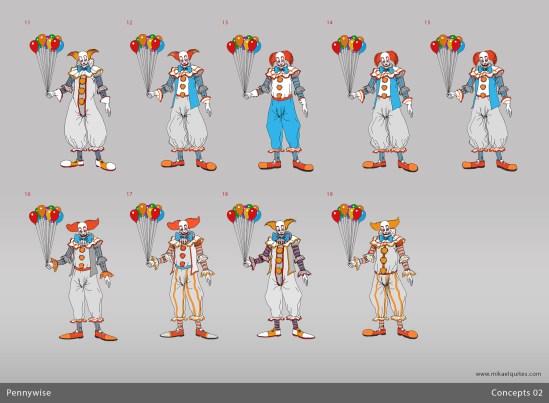
Here I tried to narrow the choices, mixing details and shapes between options
I decide to stick with the bow tie, since it was interesting in the overall design.
But I was still in doubt with the blue.
To me it seemed that numbers 18 and 19 were worth taking to the next step, as they brought the best of what I tought was in the book.
(continues)

